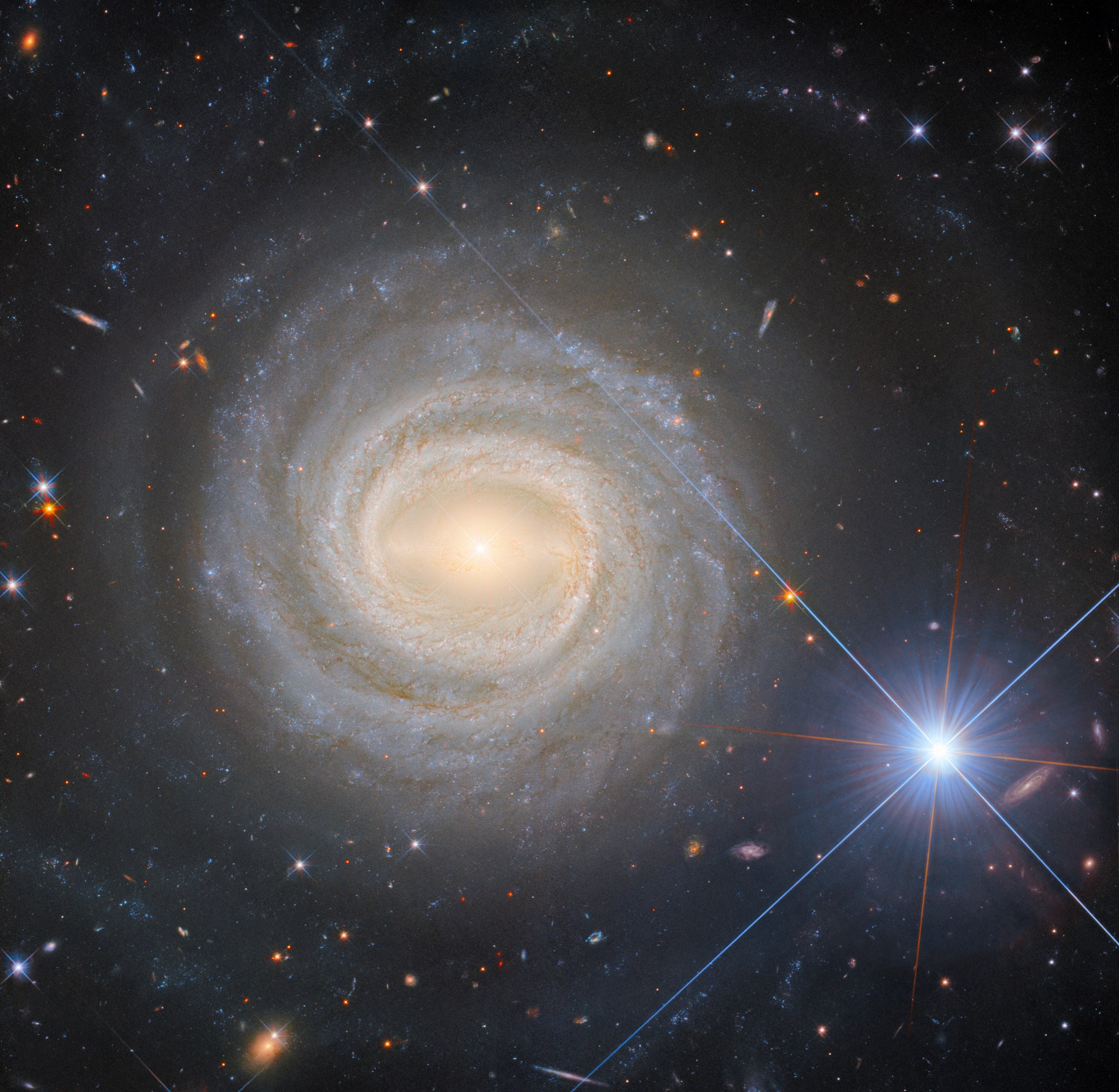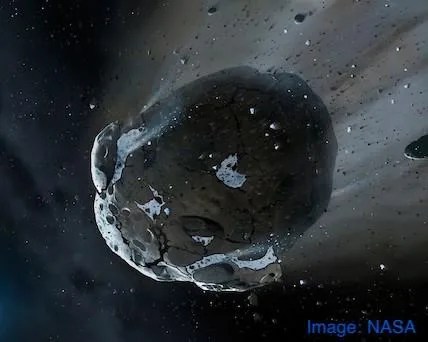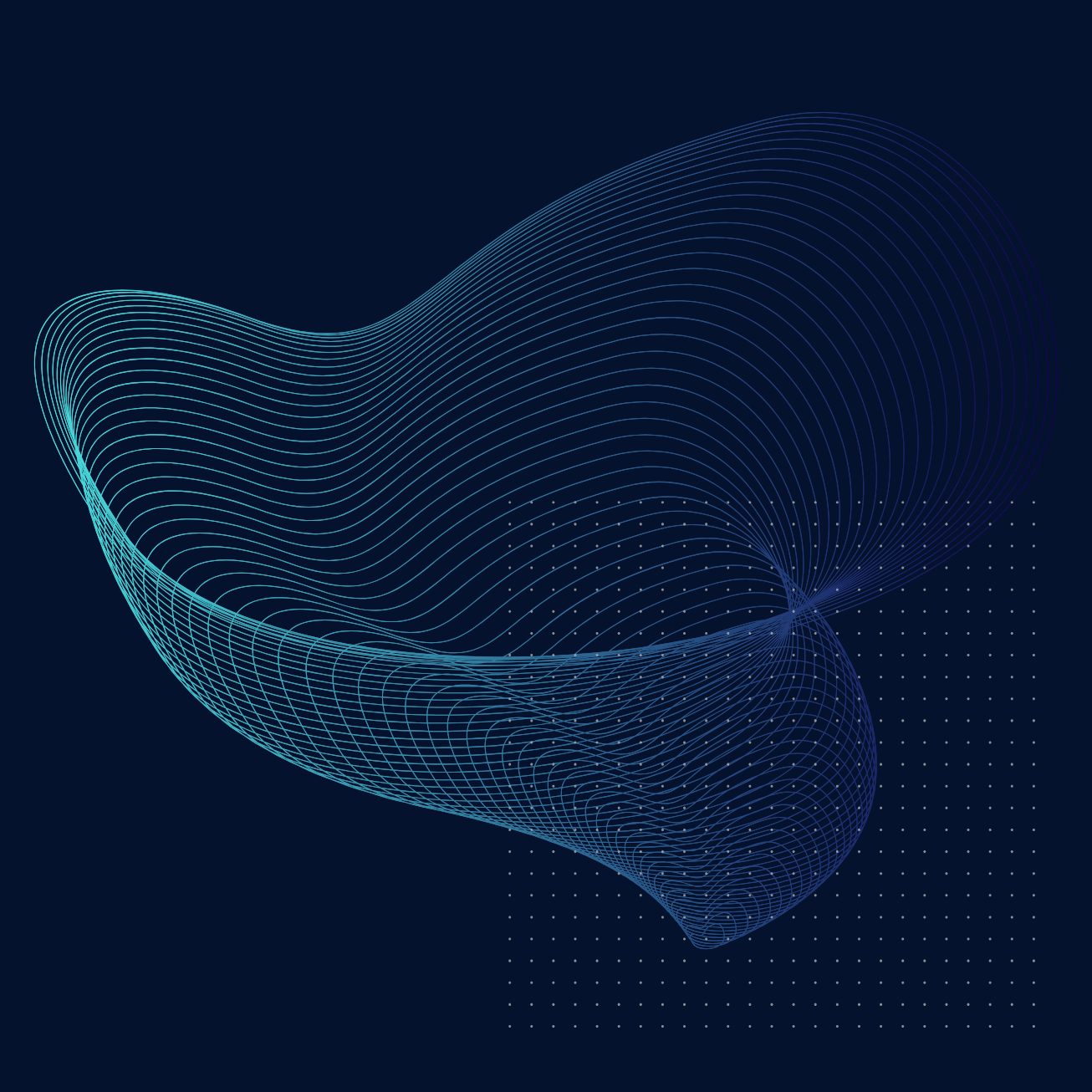2 min read
Hubble Captures a Bright Galactic and Stellar Duo

This image from the NASA/ESA Hubble Space Telescope features NGC 3783, a bright barred spiral galaxy about 130 million light-years from Earth that also lends its name to the eponymous NGC 3783 galaxy group. Like galaxy clusters, galaxy groups are aggregates of gravitationally bound galaxies. Galaxy groups, however, are less massive and contain fewer members than galaxy clusters do: whereas galaxy clusters can contain hundreds or even thousands of constituent galaxies, galaxy groups do not typically include more than 50. The Milky Way is actually part of a galaxy group, known as the Local Group, which also holds two other large galaxies (Andromeda and the Triangulum galaxy), as well as several dozen satellite and dwarf galaxies. The NGC 3783 galaxy group contains 47 galaxies. It also seems to be at a fairly early stage of its evolution, making it an interesting object to study.
While the focus of this image is the spiral galaxy NGC 3783, the eye is equally drawn to the very bright object in the lower right part of this image. This is the star HD 101274. The perspective in this image makes the star and the galaxy look like close companions, but this is an illusion. HD 101274 lies only about 1,530 light-years from Earth, it is about 85,000 times closer than NGC 3783. This explains how a single star can appear to outshine an entire galaxy!
NGC 3783 is a type-1 Seyfert galaxy, which is a galaxy with a bright central region. Hubble captures it in incredible detail, from its glowing central bar to its narrow, winding arms and the dust threaded through them, thanks to five separate images taken in different wavelengths of light. In fact, the galactic center is so bright that it exhibits diffraction spikes, normally only seen on stars such as HD 101274.
Text credit: European Space Agency (ESA)
Media Contact:
Claire Andreoli
NASA’s Goddard Space Flight Center, Greenbelt, MD
claire.andreoli@nasa.gov
Details
from NASA https://ift.tt/4TrxJMy






No comments:
Post a Comment